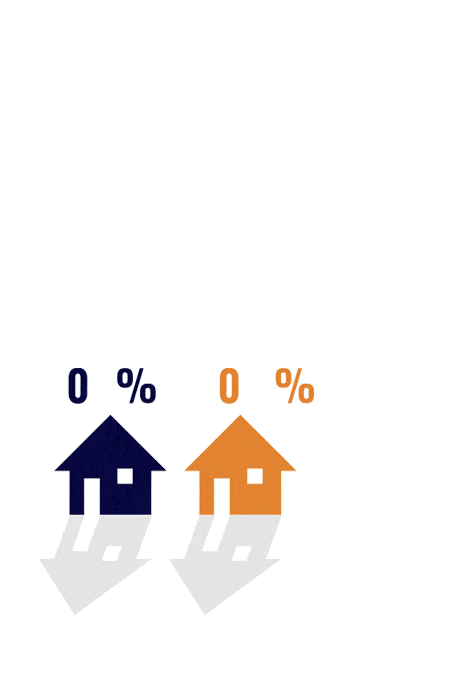
SOLAR INVESTMENT TAX CREDIT (ITC)
The solar Investment Tax Credit (ITC) is one of the most important federal policy mechanisms to support the growth of solar energy in the United States. Since the ITC was enacted in 2006, the U.S. solar industry has grown by more than 10,000% - creating hundreds of thousands of jobs and investing billions of dollars in the U.S. economy in the process. In 2015, SEIA successfully advocated for a multi-year extension of the credit, which has provided critical stability for businesses and investors. Despite the overwhelming success and popularity of the ITC, the value of the credit will unfortunately start decreasing after 2019.
SEIA also supports legislation that would extend benefits of the Investment Tax Credit to energy storage. Click here to learn more.
QUICK FACTS
-
The ITC is a 26 percent tax credit for solar systems on residential (under Section 25D) and commercial (under Section 48) properties. The Section 48 commercial credit can be applied to both customer-sited commercial solar systems and large-scale utility solar farms.
-
The residential and commercial solar ITC has helped the U.S. solar industry grow by more than 10,000% percent since it was implemented in 2006, with an average annual growth of 50% over the last decade alone.
-
Congress passed a multi-year extension of the ITC in 2015:

Federal Solar Investment Tax Credit Timeline
-
Eligibility for the ITC is based on a “commence construction” standard. The IRS issued guidance in June 2018 that explains the requirements taxpayers must meet to establish that construction of a solar facility has begun for purposes of claiming the ITC. Note that this guidance applies to residential and commercial solar projects differently. See our factsheet on the ITC Rampdown for more information.
-
The 2015 extension of the ITC has provided market certainty for companies to develop long-term investments that drive competition and technological innovation, which in turn lowers energy costs for consumers.
-
Despite progress, solar energy still only represents 2.5% of energy production in the United States.
-
Moving forward, a tax policy that continues to provide stability and investment opportunity for solar energy should be a part of any national discussions about tax, infrastructure, or decarbonization.
SOLAR ITC IMPACT
The ITC has proven to be one of the most important federal policy mechanisms to incentivize clean energy in the United States. Solar deployment, at both the distributed and utility-scale levels, has grown rapidly across the country. The long-term stability of this federal policy has allowed businesses to continue driving down costs. The ITC is a clear policy success story – one that has resulted in a stronger and cleaner economy.

SOLAR INVESTMENT TAX CREDIT (ITC)
AT A GLANCE
The ITC was originally established by the Energy Policy Act of 2005 and was set to expire at the end of 2007. Thanks to the popularity of the ITC, and its success in supporting the United States’ transition to a renewable energy economy, Congress has extended its expiration date multiple times. Now, the solar investment tax credit is available to homeowners in some form through 2021. Here are the specifics.
-
2016 – 2019: The tax credit remains at 30 percent of the cost of the system.
-
2020: Owners of new residential and commercial solar can deduct 26 percent of the cost of the system from their taxes.
-
2021: Owners of new residential and commercial solar can deduct 22 percent of the cost of the system from their taxes.
-
2022 onwards: Owners of new commercial solar energy systems can deduct 10 percent of the cost of the system from their taxes. There is no federal credit for residential solar energy systems.

HOW ITC WORKS
As long as you own your solar energy system, you are eligible for the solar investment tax credit. Even if you don’t have enough tax liability to claim the entire credit in one year, you can “roll over” the remaining credits into future years for as long as the tax credit is in effect. However, remember that if you sign a lease or PPA with a solar installer, you are not the owner of the system, and thus you cannot receive the tax credit.

HOW DO I CLAIM THE SOLAR ITC
You claim the investment tax credit for solar when you file your yearly federal tax return. Remember to let your accountant know you’ve gone solar in the past year, or if you file your own taxes, see our step-by-step guide here.
